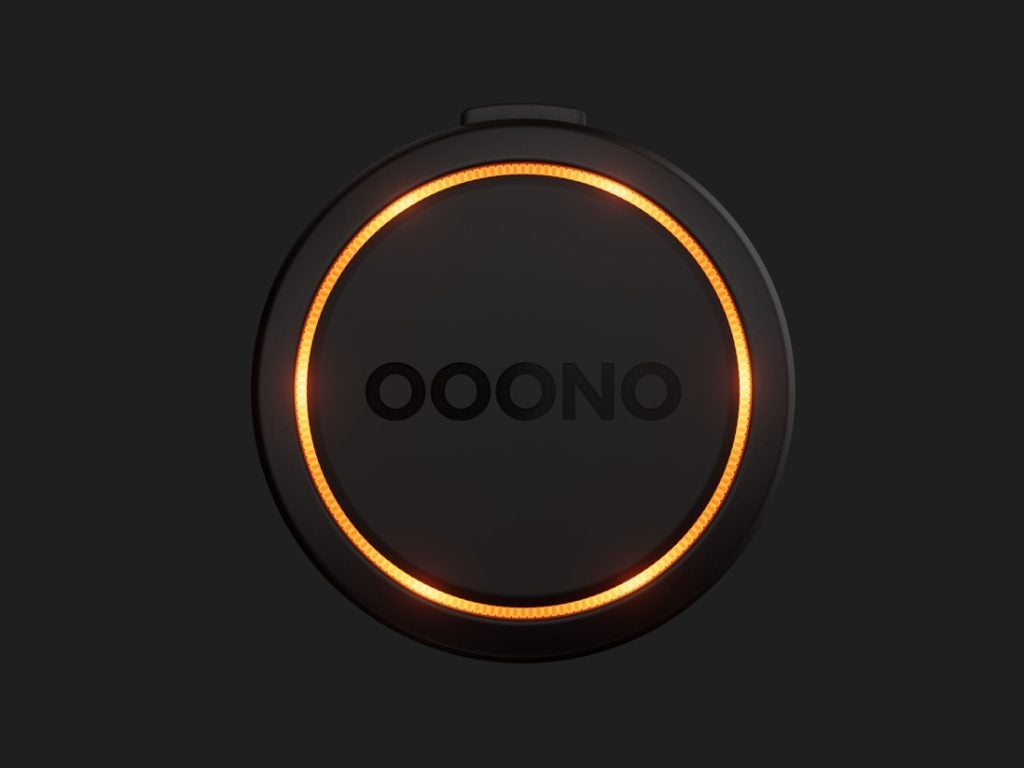Magna International has been granted a patent for a vehicular interior rearview mirror assembly. The assembly includes a mirror head with a mirror casing and a display, which can show video images provided by the vehicle’s ECU. The mirror reflective element uses a variable reflectivity liquid crystal stack of layers, allowing the driver to switch between mirror and display modes. GlobalData’s report on Magna International gives a 360-degree view of the company including its patenting strategy. Buy the report here.
According to GlobalData’s company profile on Magna International, stabiliser bar type suspensions was a key innovation area identified from patents. Magna International's grant share as of September 2023 was 56%. Grant share is based on the ratio of number of grants to total number of patents.
Patent granted for a vehicular interior rearview mirror assembly
A recently granted patent (Publication Number: US11766968B2) describes a vehicular interior rearview mirror assembly that includes a mirror head and a mounting structure. The mirror head is pivotable relative to the mounting structure via at least one pivot joint. The mirror head comprises a mirror and display assembly, which includes a liquid crystal mirror reflective element and a liquid crystal display.
The liquid crystal mirror reflective element consists of a first variable reflectivity liquid crystal (VRLC) stack, which includes a front glass substrate, a middle glass substrate, and a first liquid crystal (LC) medium. The liquid crystal display consists of a second variable reflectivity liquid crystal (VRLC) stack, which includes the middle glass substrate, a rear glass substrate, and a second LC medium.
When the vehicular interior rearview mirror assembly is mounted in a vehicle and adjusted to provide a rearward view to the driver, the front glass substrate is closer to the driver than the rear glass substrate. The liquid crystal display is operable to display video images derived from an Electronic Control Unit (ECU) of the vehicle, and these displayed video images are viewable by the driver through the liquid crystal mirror reflective element.
The mirror and display assembly can operate in both mirror mode and display mode. In mirror mode, the driver views reflections at the liquid crystal mirror reflective element to see the rearward view of the vehicle. In display mode, the liquid crystal display is activated to display video images provided by the ECU for viewing by the driver through the liquid crystal mirror reflective element.
The patent also mentions additional features such as the presence of a driver monitoring camera and a near-infrared light emitter behind the reflective polarizer of the liquid crystal mirror reflective element. The patent provides detailed descriptions of the various layers and components involved in the construction of the mirror and display assembly.
Overall, this patent describes a vehicular interior rearview mirror assembly that combines a traditional mirror function with a display function, allowing the driver to switch between viewing reflections and displayed video images. The use of liquid crystal technology and additional features like the driver monitoring camera enhance the functionality and usability of the mirror assembly.
To know more about GlobalData’s detailed insights on Magna International, buy the report here.
Premium Insights
From

The gold standard of business intelligence.
Blending expert knowledge with cutting-edge technology, GlobalData’s unrivalled proprietary data will enable you to decode what’s happening in your market. You can make better informed decisions and gain a future-proof advantage over your competitors.






